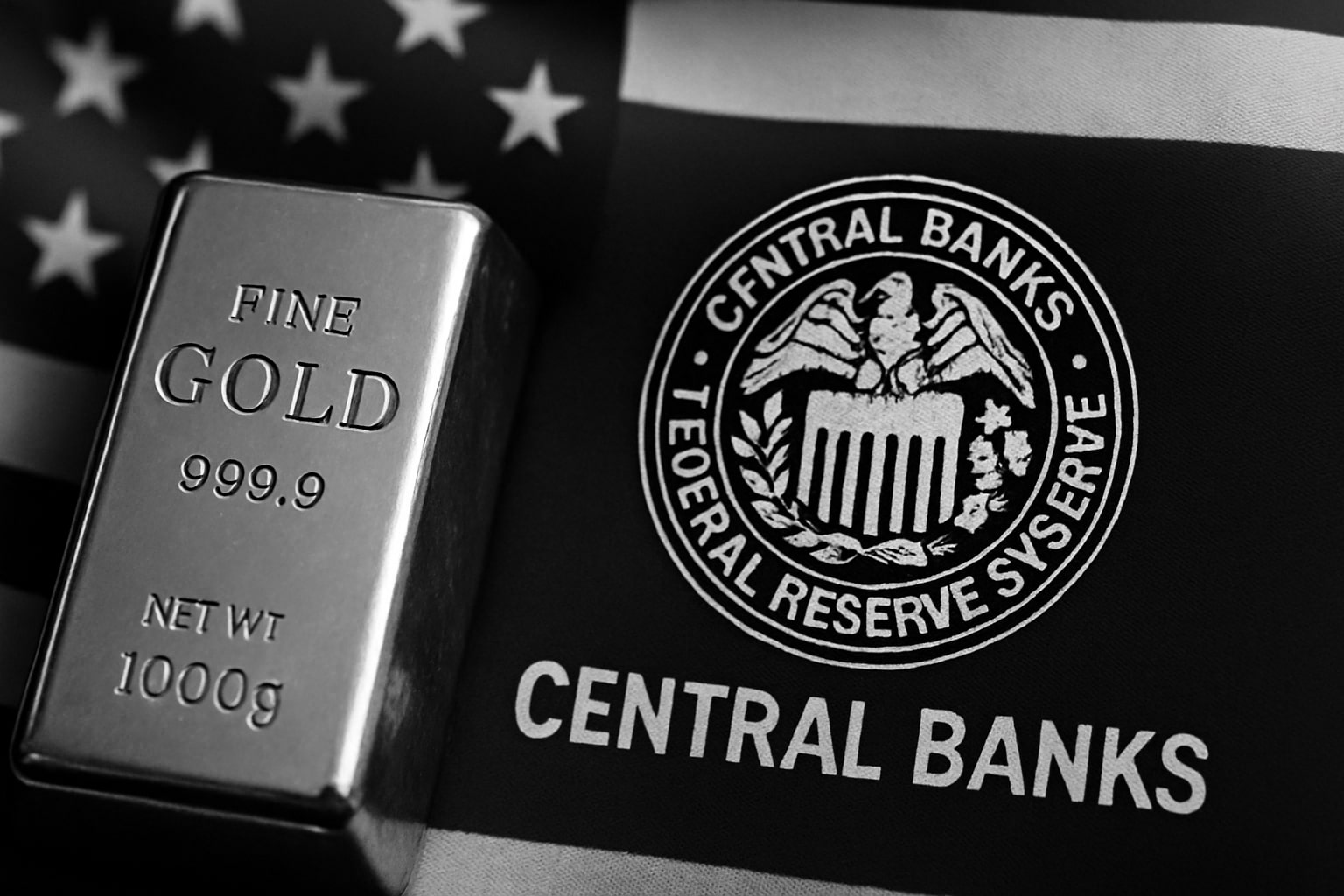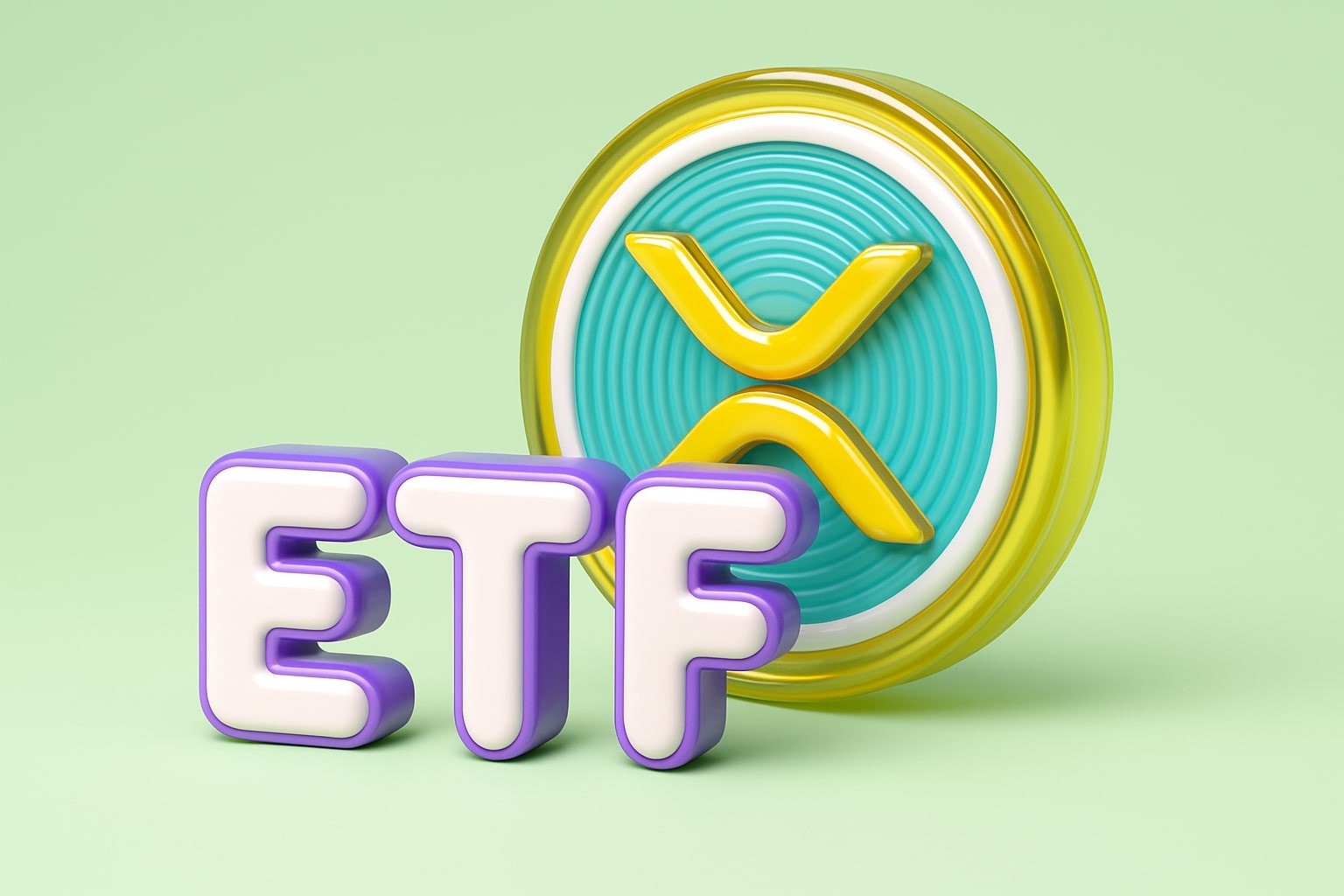Gold Price Outlook: Analyzing XAU/USD Movements Amid Economic Tensions and Bullish Sentiment
Gold (XAU/USD) prices have been on a bullish trajectory recently, driven by a mix of geopolitical risks, economic data, and potential shifts in U.S. monetary policy. The price of gold surged toward the $3,400 mark on Tuesday, reaching its 2-week high and revisiting near-record levels in most major currencies. As of today, gold remains strong, trading just below $3,400, fueled by the U.S. dollar's decline and global economic uncertainties. In the midst of these developments, the primary question for traders and investors remains: Can gold continue this rally, or is it heading for a correction?
Gold’s recent price action suggests a bullish continuation. The commodity surged sharply after testing support near the $3,200 mark, and it has now reached new highs, surpassing the previous day’s high of $3,323. A breakout above the $3,350 mark on Monday solidified the bullish trend, with the metal now facing resistance at $3,400, just below last month’s all-time high. The key technical levels are firmly in play, with support now established at $3,328-$3,327, followed by the $3,300 round figure.
Over the past week, the gold market has been shaped by both the actions of the U.S. Federal Reserve and the geopolitical landscape, including President Trump's ongoing tariffs and trade tensions. These factors have raised concerns about inflationary pressures, fueling demand for gold as a safe-haven asset. The U.S. dollar has faced pressure due to economic uncertainty, which is supporting the price of gold.
The recent surge in gold prices is also a reflection of the market’s optimism regarding future price potential. After an initial pullback to $3,202, gold found support at the 20-Day moving average and Fibonacci retracement levels, before bouncing sharply and reaching new highs. This suggests that a strong uptrend is still in play, with the potential for gold to reach further targets around $3,581 and even $3,684 based on Fibonacci extensions. These levels are now in focus as the market eyes the next possible leg higher.
Geopolitical Tensions and the Fed's Influence on Gold Price
The safe-haven demand for gold has been heightened by persistent geopolitical risks. The ongoing Russia-Ukraine war, escalating tensions in the Middle East, and military operations in the India-Pakistan region have all contributed to a risk-off sentiment in the market. Investors are increasingly turning to gold to hedge against these geopolitical uncertainties. Additionally, the U.S. dollar continues to struggle, particularly as the Federal Reserve prepares for its monetary policy decisions later this week.
Gold’s price has been supported by these concerns, but the sentiment is also being influenced by U.S.-China trade talks. Optimism surrounding these talks could undermine gold’s bullish momentum, as a positive resolution might lead to a risk-on market environment, which could decrease demand for gold as a safe-haven asset. Traders are keeping a close eye on the outcome of these discussions and the broader economic implications.
The recent news that China is working to internationalize its gold contracts adds another layer of complexity to the market. With the Shanghai Gold Exchange (SGE) expanding its reach to Hong Kong, there is potential for gold to become more widely traded globally, which could influence supply and demand dynamics. The potential for China to use gold-backed contracts to settle trade deals, especially amid concerns about the U.S. dollar, is also driving increased interest in gold.
As global trade dynamics shift and central banks like China continue to bolster their gold reserves, the pressure on the U.S. dollar could further fuel demand for gold. The SGE's actions, particularly the expansion of its vault network, signal that gold is becoming an even more critical asset in the international financial system.
Technicals and Key Price Levels for Gold (XAU/USD)
Technically, the gold market is in a strong bullish phase. The price is currently navigating between key resistance and support levels, with $3,350 and $3,400 serving as immediate upside targets. These levels are crucial, as surpassing them could pave the way for a move toward the all-time highs above $3,500. The Fibonacci extension of the recent correction suggests that $3,581 could be the next upside target, followed by $3,684, if the market continues to exhibit strong bullish momentum.
However, there are risks on the downside as well. If gold fails to maintain momentum above $3,350, a pullback could occur. In such a scenario, support would likely be found at $3,328, followed by $3,300 and the lower range around $3,200. A breakdown below $3,200 would negate the bullish outlook and open the door for a deeper correction toward the $3,000 level.
At the moment, the path of least resistance appears to be upward, but traders must remain vigilant for any signs of weakening momentum, especially as the market awaits the Federal Reserve’s policy decision. The RSI and other oscillators are currently holding in positive territory, which supports the notion of further gains in the near term. However, as with all markets, unexpected shifts in economic or geopolitical conditions could quickly change the direction of gold prices.
Gold's Resilience Amid Economic Data and Fed Expectations
Gold prices have also been buoyed by economic data indicating a mixed outlook for the U.S. economy. The ISM Services PMI showed an uptick, signaling that the service sector remains robust, even as inflation pressures persist. The data suggests that the U.S. economy is in a relatively strong position, which could lend support to the dollar. However, with the Federal Reserve likely to remain in a cautious stance, any dovish signals from the Fed could provide further upside for gold, as the yellow metal thrives in low-interest-rate environments.
Moreover, the price of gold has been supported by ongoing inflationary pressures. The ISM’s Prices Paid sub-index surged, signaling that input costs are rising, which reinforces the case for holding gold as a hedge against inflation. Gold is widely considered a store of value in times of inflation, and with the current global economic landscape, demand for the precious metal remains strong.
As investors await the Federal Reserve’s monetary policy statement, gold’s performance will be closely tied to the Fed’s outlook. If the central bank signals a dovish stance, it could send gold prices higher, potentially pushing them beyond the $3,400 mark. On the other hand, any hawkish commentary from the Fed could lead to a pullback in gold prices as the U.S. dollar strengthens in anticipation of higher interest rates.
Conclusion: Bullish Outlook for Gold (XAU/USD)
Overall, the outlook for gold remains bullish. The geopolitical risks, inflationary pressures, and uncertain monetary policy decisions are all contributing to a strong demand for gold as a safe-haven asset. Technically, the price of gold is poised to continue its upward movement, with key resistance levels at $3,350 and $3,400. If gold can break through these levels, the next major targets are $3,581 and $3,684.
Investors should keep a close eye on the Federal Reserve's upcoming policy decision, as it will play a crucial role in shaping gold’s future direction. Given the current market conditions, the potential for a continuation of the bull trend in gold is high, but caution is warranted as key resistance levels approach.




















